JERA and Toho: A Cross-Industry Collaboration Aiming for “Zero CO2 Emission Movies”
7 July 2023
Toho, a leader in Japan's film industry, has embarked on a collaboration with JERA in the latter’s effort to expand clean power. Movies and electricity, entertainment and energy—at first glance these two industries may not seem closely related, but the major players in each are joining forces to eliminate carbon emissions from the electricity used in film production. What will this cross-industrial collaboration change, and how? Interviews with Toho and JERA reveal a glimpse of how to solve the global challenge of making industry carbon-free.
INDEX
From Studio to Cinema, Electricity is the Lifeblood of the Movies
On June 16, 2023, Toho and JERA announced that they had signed a basic agreement to work to eliminate carbon emissions from electricity consumed at Toho Studios, Toho's base for film production.
Located in the Kinuta area of Tokyo’s Setagaya-ku, Toho Studios is among the largest film studios in Japan. Established in 1932 by PCL (Photographic Chemical Laboratory), one of Toho’s predecessors, the studio has produced many of the greatest works of Japanese cinema, including the Godzilla series and the films of director Akira Kurosawa.
Even today, the company produces roughly 300 movies, TV programs, commercials, anime recordings, and other content a year. Toho Studios is one of Toho’s birthplaces and an important base of production.
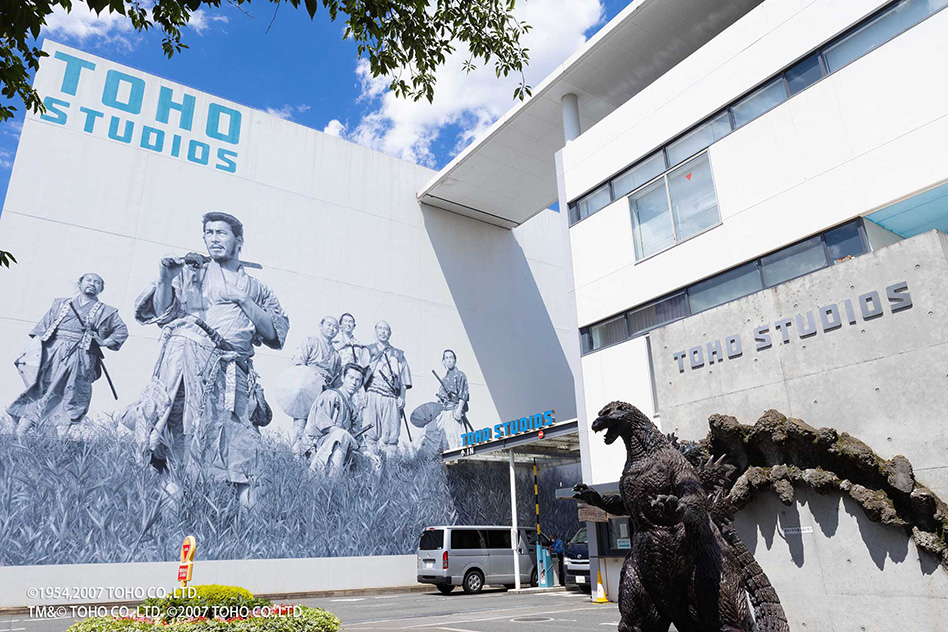
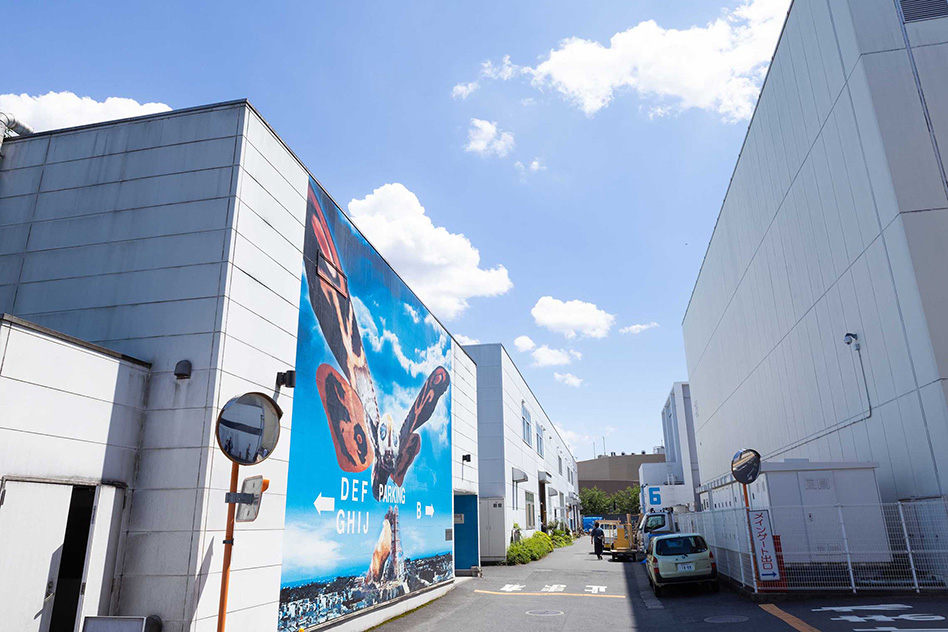
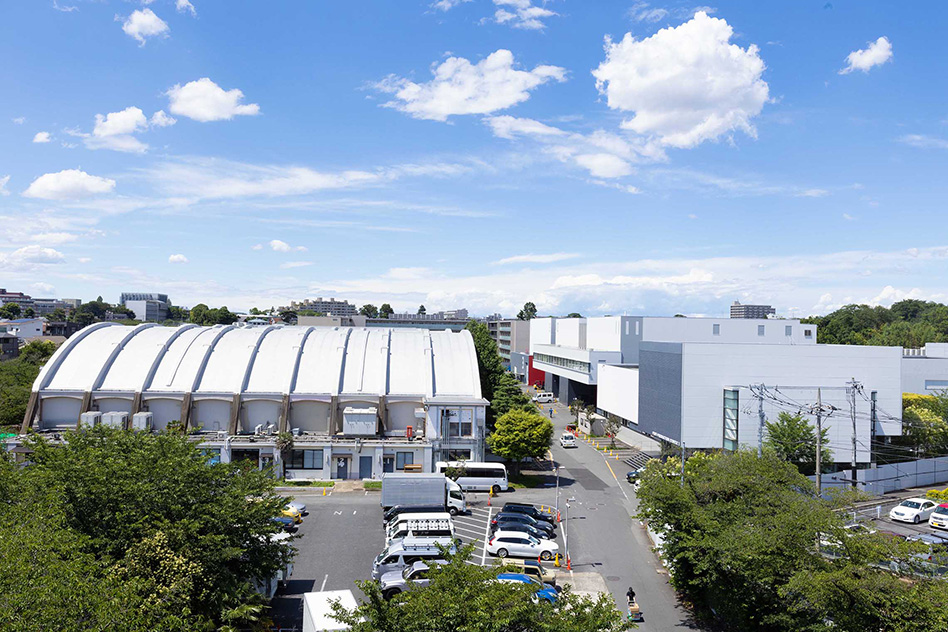
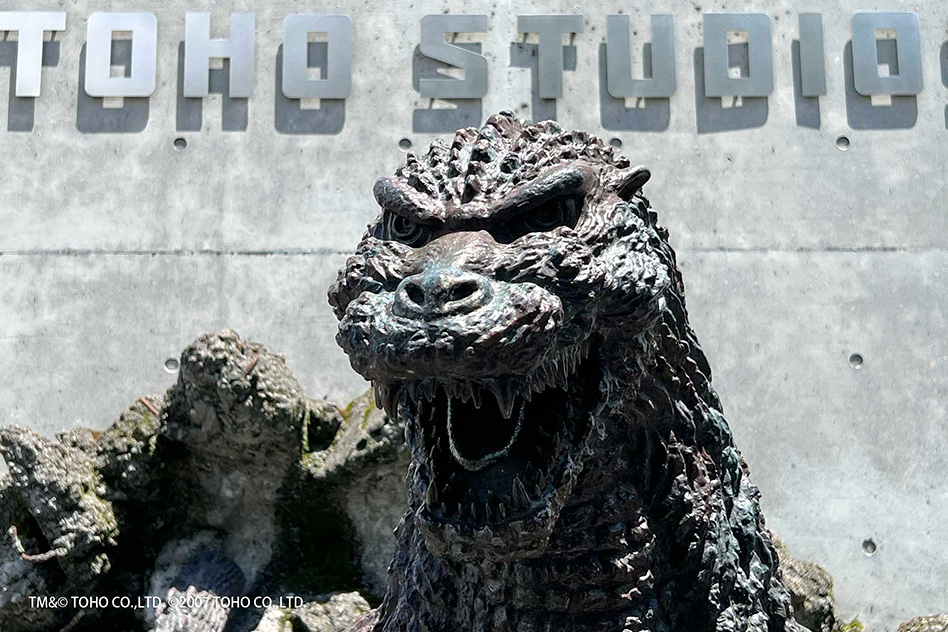
The massive studio also courses with a little-recognized "lifeblood" without which filming and all other operations would come to a grinding halt. As Mitsuru Shimada, President, Toho Studios, Co., Ltd., the group subsidiary that operates Toho Studios, explains, “electricity is indispensable for producing movies and videos. The cameras that do the shooting, the lights that illuminate the actors and sets, the digital editing and sound equipment, and the projectors that show the finished films are all powered by electricity.”
Noting that electricity is the lifeblood of film production and content creation, Shimada suggested that Toho Studios uses about as much electricity as a small-sized shopping mall. But a global revolution in electric power is now underway. Amid the great trend toward decarbonization, companies are being forced to reconsider how they procure electricity. Toho, of course, is no exception. “Electricity is an essential foundation for the film industry just as it is for other industries,” Shimada says, “but we can’t expect to grow sustainably as an industry without giving sufficient consideration to the global environment as we secure it."
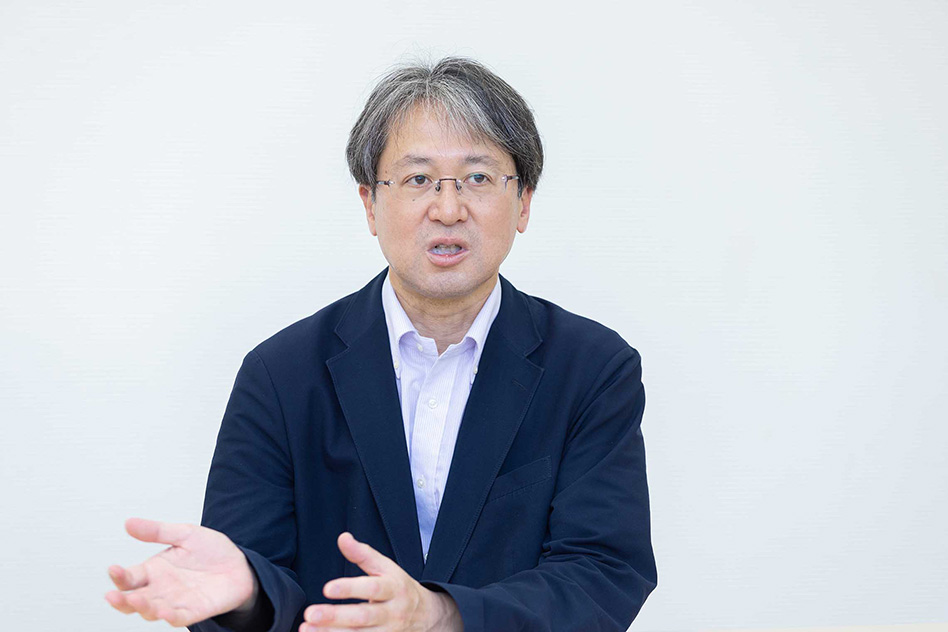
Mitsuru Shimada, President, Toho Studios, Co. Ltd.
The Entertainment Industry Cannot Avoid Decarbonization
Recognizing the importance of the issue, Toho began searching for new ways to make movies and to source clean power for the entertainment industry around 2020, just as the COVID-19 pandemic became serious, and joined forces with JERA, Japan's largest thermal power generation company. As Koichi Morisaki, the head of JERA’s Solution Service Division, recalled, "It all started when Mr. Hiroyasu Matsuoka, the president of Toho, and Mr. Yukio Kani, our chairman of the board and global CEO, were discussing corporate decarbonization initiatives and had the idea that our companies could join forces to do something new. Our collaboration was born from top management’s deep recognition of the global changes sweeping industry and the environment.”
Regarding cost, Shimada remembers, "I told JERA the most important thing was that it had to be economically feasible," and so the issue was resolved. Meanwhile, both companies agreed that film production would be the optimal area of Toho’s broad business domain to introduce decarbonized electricity.
Toho operates both film and real estate businesses, and its film business has a long supply chain stretching from production in studios to screening in theaters. Rather than rented buildings or movie theaters that are spread around the country, the studios where production is concentrated were chosen as a destination for the new electricity because the significance of the switch would be easy to see and the amount of electricity involved would be a good fit.
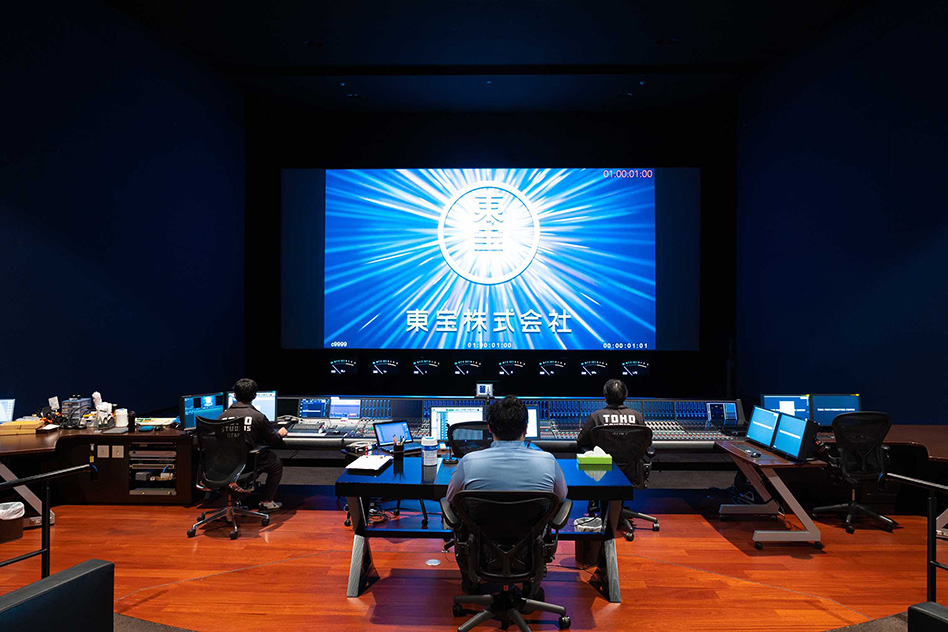
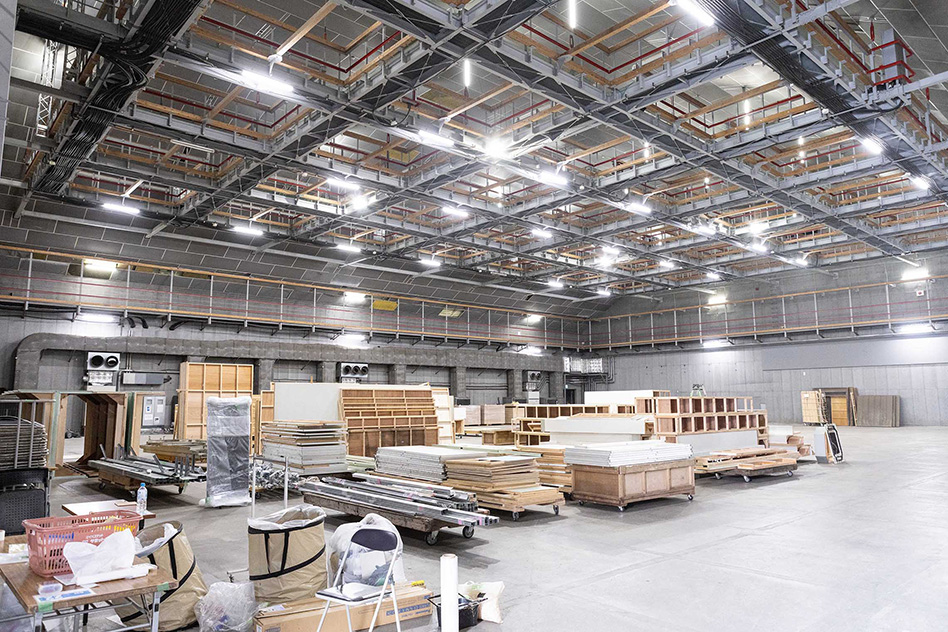
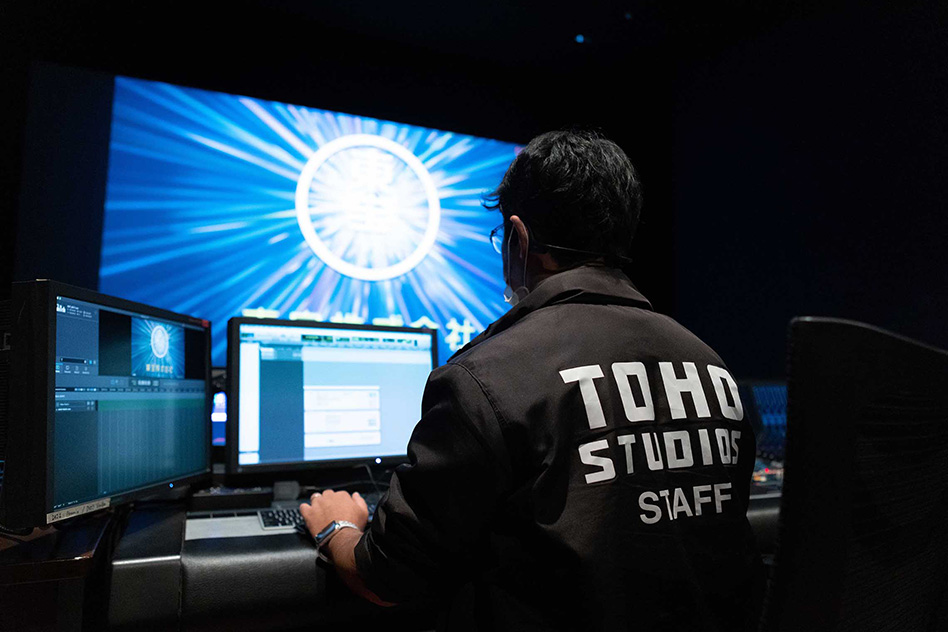
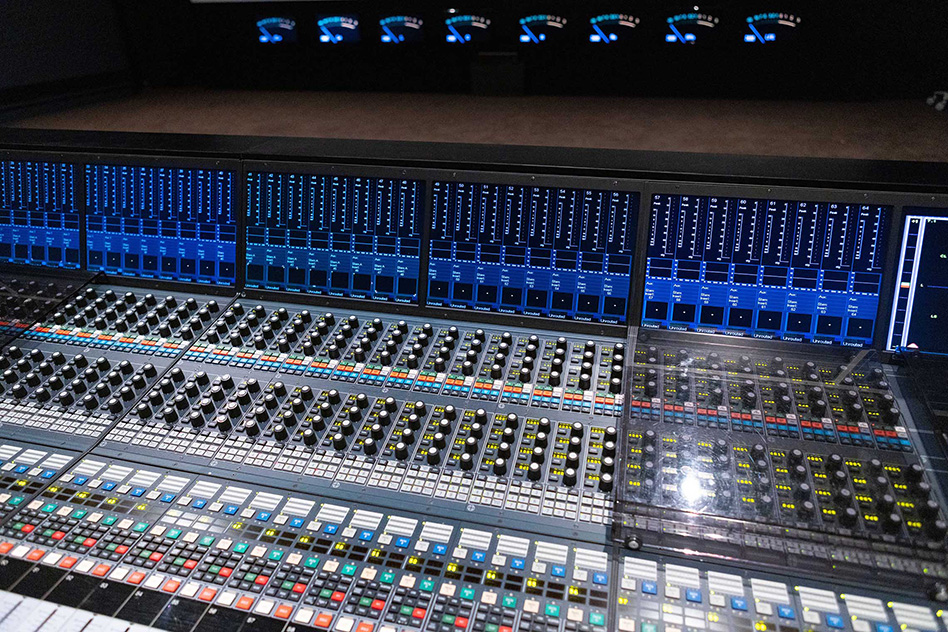
In December 2021, Toho and JERA signed a memorandum of understanding (MOU) aimed at achieving zero emissions in film production and began to discuss the specific steps to follow on the way to supplying and sourcing carbon-free electricity. JERA supported Toho at each step of the way, including identifying electricity decarbonization targets, selecting solutions that would enable these targets to be reached, and drawing up an electricity decarbonization roadmap and implementation plan. Narrowing their focus to Toho Studios, the two companies studied the amount of electricity used, usage patterns, and cost. Based on this study, the two companies decided to gradually introduce "24/7 carbon-free electricity.”
After establishing the general framework for these efforts, in June 2023, as mentioned at the beginning of this report, the two companies entered into a basic agreement to eliminate CO2 emissions at Toho Studios—just a year and a half after signing the MOU on eliminating emissions in film production.
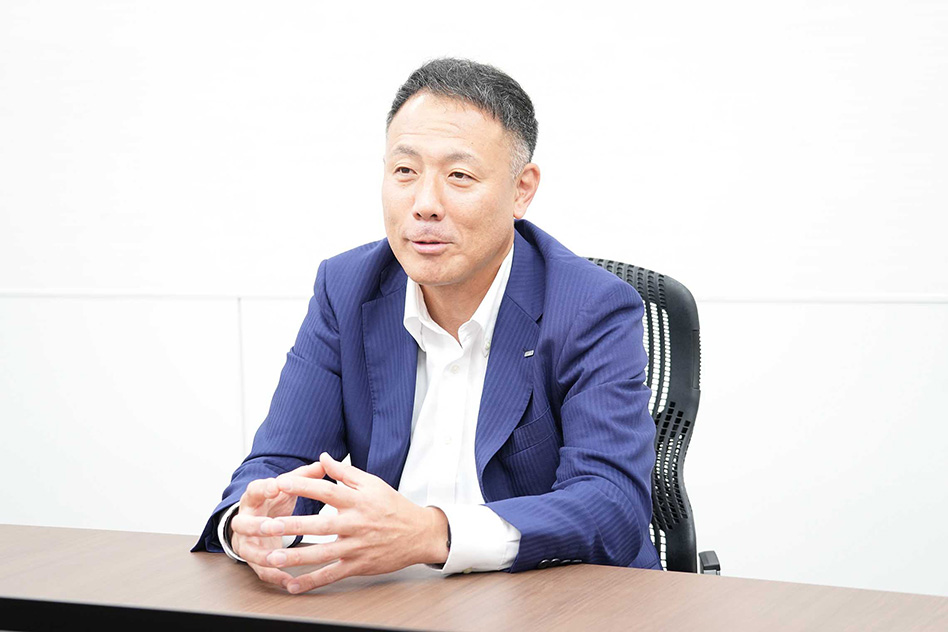
Koichi Morisaki, head of JERA’s Solution Service Division
"24/7 Carbon-Free Electricity" will Evolve
24/7 carbon-free electricity means providing a constant supply of electricity—24 hours a day, 7 days a week, 365 days a year—that is free of CO2 emissions. The service combines electricity from renewable energy sources such as solar power with zero-emission thermal power generated by hydrogen-only combustion, paired with an advanced management system that enables real-time visualization of electricity demand and carbon emissions as well as forward-looking simulations.
As Morisaki recalled, “There were several options for how we could provide 24/7 carbon-free electricity to Toho Studios, and we had a lot of discussions with Toho. We considered a solar-focused plan that involved installing panels on building roofs, but ultimately decided on a scheme that relies primarily on power supplied by a hydrogen-only thermal power generation unit installed for Toho Studios’ exclusive use but supplemented by solar power.”
JERA will begin supplying 24/7 carbon-free electricity to Toho Studios in fiscal 2024. The two companies will continue to discuss and refine the roadmap beyond that point. The following chart shows a general roadmap for companies and offices introducing 24/7 carbon-free electricity in the future.
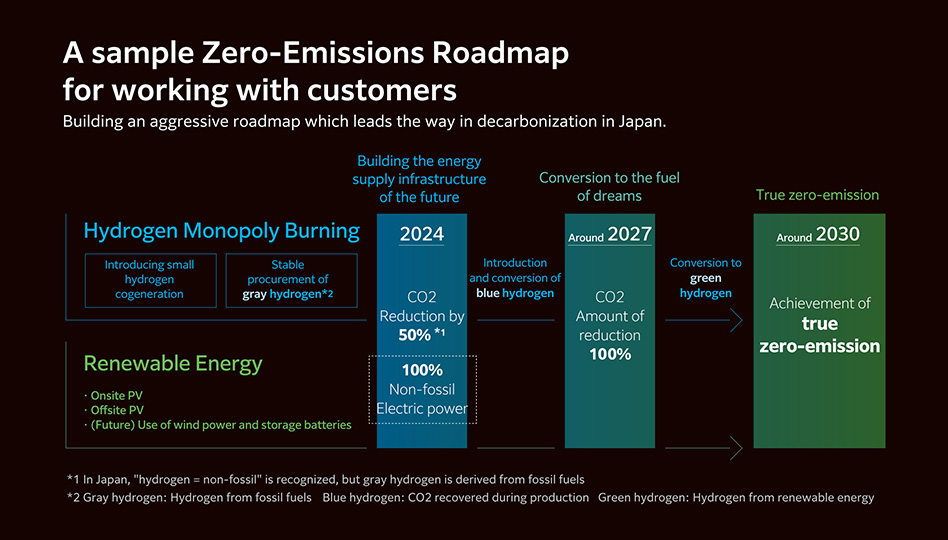
As you can see, installation of the system is not the end of it, with decarbonization efforts evolving from there. In the area of renewable energy, for example, there’s a menu for expansion and deepening that includes the introduction and enhancement of on-site solar power (on-site PV), the parallel use of wind power, and the adoption of battery storage.
The same is true for the hydrogen used as fuel in hydrogen-fired thermal power generation. Initially, “gray hydrogen” derived from fossil fuels will be the mainstay, but within a few years this will be replaced—while also considering “blue hydrogen,” in which 100% of the CO2 emitted during production is recovered—by “green hydrogen” produced using renewable energy, thereby achieving true zero-emissions electricity.
First Introduction of Zero-Emissions Electricity to Industry in Japan
Various terms have been used up to this point, including decarbonization, clean power, carbon-free, blue hydrogen, and green hydrogen, but the most important for understanding the significance of the collaboration between Toho and JERA is zero emissions.
Many companies and public institutions in Japan and around the world have now raised the banner of decarbonization, but their targets fall into two main categories: carbon neutrality and zero emissions.
For those seeking carbon neutrality, CO2 emissions that cannot be fully eliminated through business activities are offset using renewable energy certificates and other means to zero out their own emissions (in terms of impact on the global environment, there is no reduction in total emissions). On the other hand, since the goal of zero emissions is to eliminate carbon emissions from the business itself, as more companies achieve it the total volume of environmental emissions decreases.
The following chart illustrates this difference as it applies to the electric power companies responsible for the business of power generation.
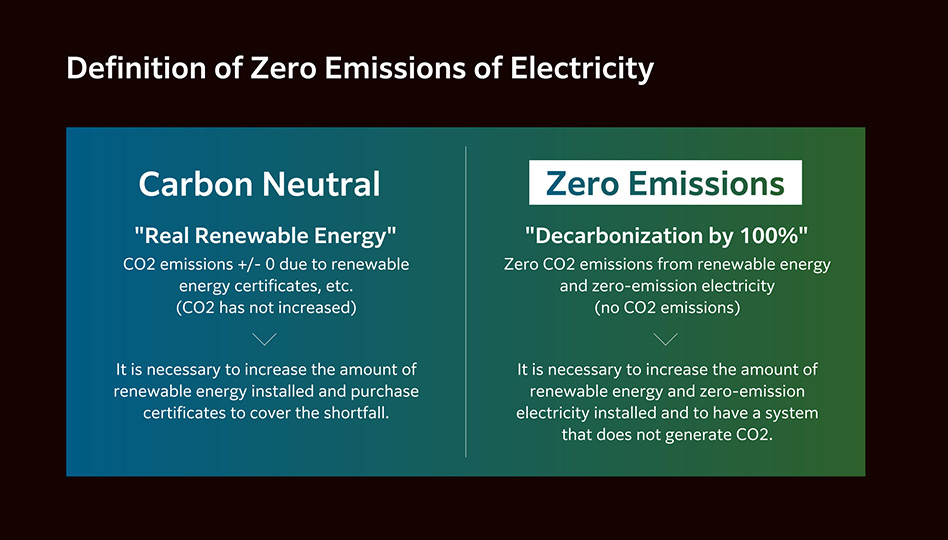
What Toho and JERA are aiming for with the introduction of 24/7 carbon-free electricity is to achieve zero emissions. JERA has set itself the mission of achieving zero emissions in its thermal power generation business by 2050, and providing 24/7 carbon-free electricity is part of that effort.
Decarbonizing Electricity Procurement is a "Realistic Challenge”
This is no small step for JERA. As Morisaki explains, "As we aim to achieve zero emissions through CO2-emissions free thermal power generation and renewable energy generation, our collaboration with Toho is a very big step. Toho Studios will be the first industrial application of zero emissions power in Japan."
As Shimada notes, the same is true for Toho. "Achieving zero emissions is not an easy task, but in the course of our discussions with JERA, we have gradually come to realize that it is a realistic challenge. In particular, the fact that the fuel for hydrogen-fired power generation will switch to blue and green fuels in the future, increasing the contribution to a carbon-free society, is also very appealing. Although we did not set out to be ‘first in Japan,’ we hope Toho can serve as a case study for other companies seeking to make similar efforts.”
Without electricity, studios and movie theaters are nothing more than big dark boxes. Launching the adoption of 24/7 carbon-free electricity from the movie industry, which is so dependent on electricity, marks the beginning of a great story of eliminating carbon emissions from Japanese industry as a whole.
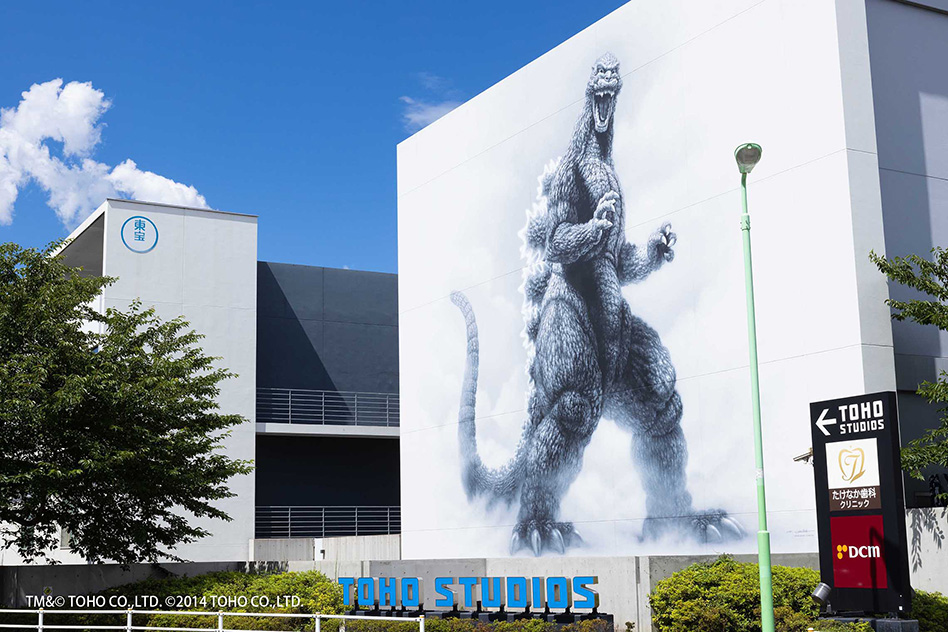
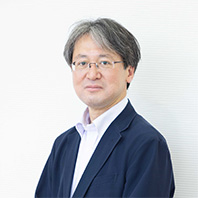
Mitsuru Shimada
President, Toho Studios Co., Ltd
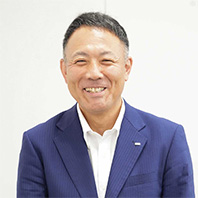
Koichi Morisaki
Head of Solution Service Division, JERA
RELATED STORIES
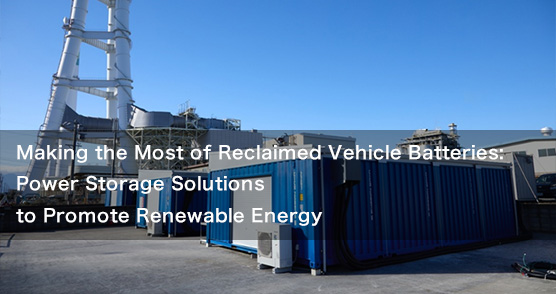
Making the Most of Reclaimed Vehicle Batteries: Power Storage Solutions to Promote Renewable Energy
In February 2023, we visited Yokkaichi Thermal Power Station in the city of Yokkaichi, Mie Prefecture.
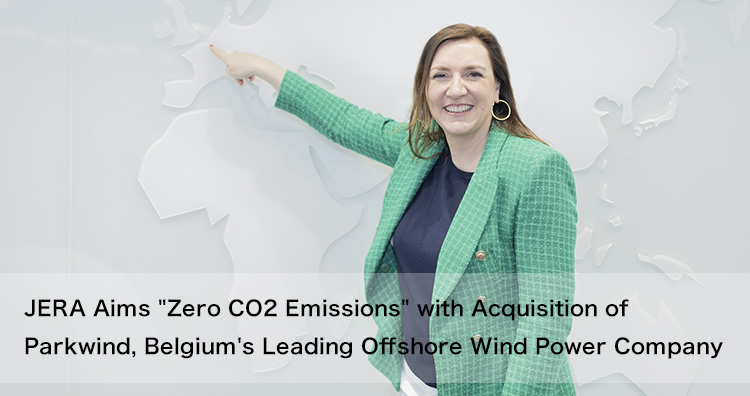
JERA Aims “Zero CO2 Emissions” with Acquisition of Parkwind, Belgium's Leading Offshore Wind Power Company
On March 22, 2023, JERA reached an agreement with Virya Energy, shareholder of Parkwind, a major Belgian offshore wind …
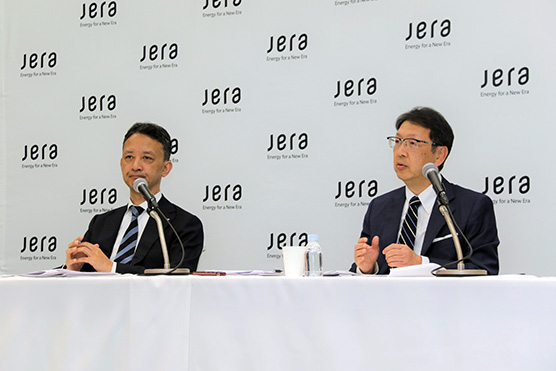
What are JERA's initiatives to promote renewable energy projects and ensure stable supply in the future?
On May 31, 2023, Yukio Kani, Chairman of the Board, Global CEO, and Hisahide Okuda, President, Director, CEO and COO …

